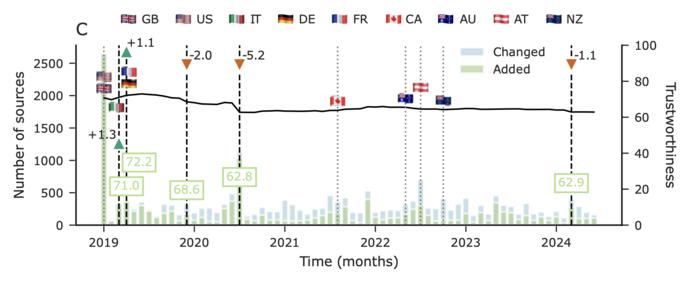Almost 400 financial advisors surveyed at Bank of America’s Merrill Lynch unit said they favor bonds and cash the most for investment portfolios, with stocks at a “distant third,” a report out Wednesday said. Bonds as a percentage of portfolios climbed to 27% when the survey was taken in late January and early February, up from 24% a year earlier. The average allocation to cash climbed to 10% from 7% a year ago, while stocks fell to 57% from 62%. But advisors weren’t bearish on the long-term outlook for stocks, with their view of the next 12 months the most bullish in the survey’s history. Almost three quarters (about 70%) anticipated “that the bear market will end in 1H or that the bear market is already over,” the report said. The survey only began in 2017, but analysts led by Bank of America’s equity and quantitative strategist Savita Subramanian said the bond allocation was a record high for the survey while stocks were at a record low. Almost two in five (39%) of advisors said “they are moving more into bonds,” with fewer than one in five (18%) moving more into stocks, the report said. With the surplus cash that’s being generated in portfolios, 26% of advisors plan to buy stocks, down from 42% last year. Meanwhile, 29% intend to put the money into bonds and 30% “are happy to remain in cash.” The participating advisors — who have an average 17 years’ experience in the industry — favored value stocks over growth stocks, 78% to 12%, (the widest margin ever). They would also rather put clients in in small stocks (46% bullish) than large cap (39%) or midcap (36%). The biggest risks to the stock market in 2023 are recession (18%), central bank policy mistakes (17%) and geopolitics (15%), advisors said. A year ago, the No. 1 concern was inflation. By stock sector, advisors preferred health care, energy and financials, and were most bearish on consumer discretionary, real estate and technology. Investors might not want to bet against those top three industry groups this year. Bank of America said the top three favorite sectors have outperformed the bottom three by an average of 17 percentage points each year since the survey began. -CNBC’s Michael Bloom contributed to this story.


























































